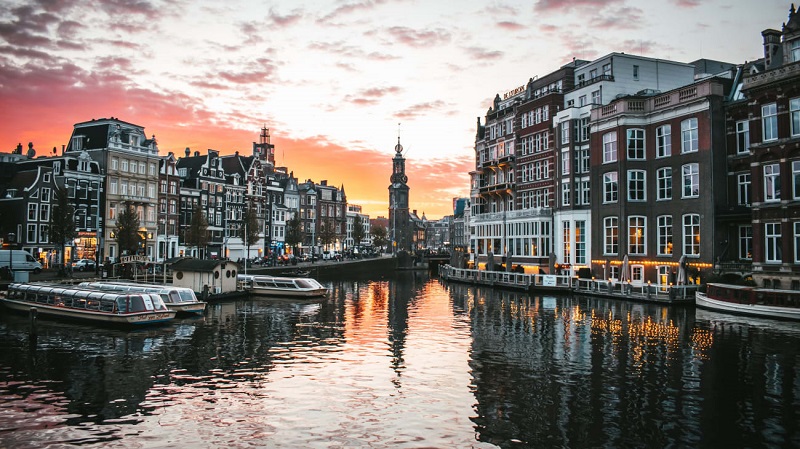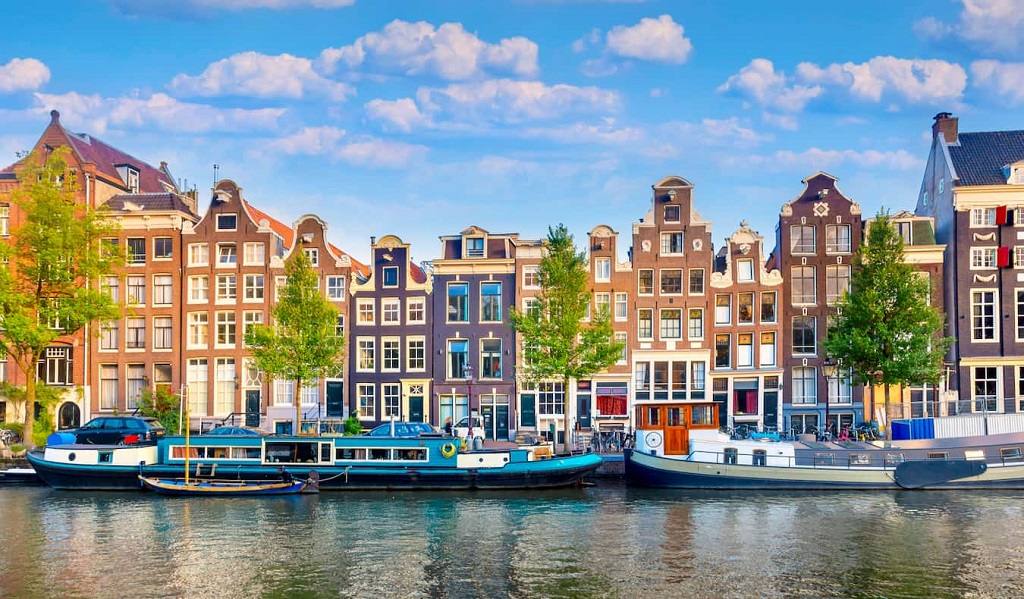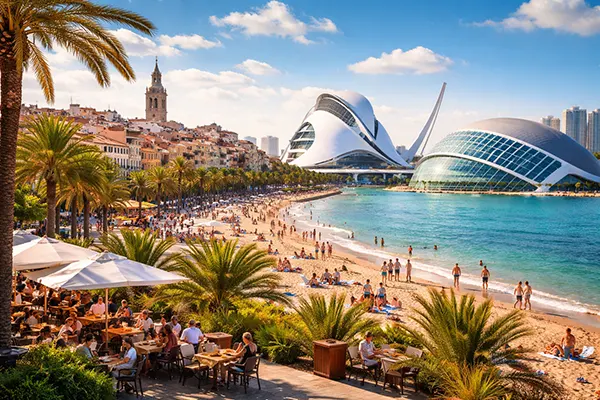
Amsterdam: Why You Should Visit This City
Amsterdam, the capital city of the Netherlands, is a remarkable place known for its rich history, vibrant culture, and picturesque canals. Founded in the late 12th century as a small fishing village on the banks of the Amstel River, Amsterdam has grown into a global city with a unique charm. Located in the province of North Holland, this cosmopolitan hub is renowned for its liberal attitudes, artistic heritage, and significant role in global trade. The city’s well-preserved historical architecture and modern urban development make it a fascinating destination for visitors from around the world.
The city’s foundation dates back to around 1275 when residents living near a dam in the Amstel River were exempted from paying a bridge toll by Count Floris V. This small settlement quickly expanded, thanks to its strategic location and access to the North Sea. By the 17th century, Amsterdam had become one of the world’s most important ports and a leading center for finance and trade during the Dutch Golden Age. Today, Amsterdam continues to thrive as a major European city, blending historical significance with modern innovation and cultural vibrancy.
Historical Significance
Amsterdam holds a prominent place in world history, especially during the Dutch Golden Age in the 17th century. This period marked the height of Dutch cultural, scientific, and economic power. Amsterdam’s port became the heart of global trade, with the Dutch East India Company (VOC) establishing a vast trading network that connected Europe with Asia, Africa, and the Americas. The wealth generated from trade and commerce during this era led to a flourishing of arts and sciences, making Amsterdam a center of intellectual and cultural development.
Notably, Amsterdam was home to some of the world’s greatest artists, including Rembrandt van Rijn and Vincent van Gogh. The city’s artistic heritage is preserved in its numerous museums, such as the Rijksmuseum, the Van Gogh Museum, and the Rembrandt House Museum. Additionally, Amsterdam played a crucial role in the development of modern capitalism, with the establishment of the world’s first stock exchange and banking system. This legacy of innovation and cultural achievement continues to influence Amsterdam’s identity today, attracting millions of visitors eager to explore its rich historical tapestry.
Cultural Diversity and Modern Attractions
Amsterdam is celebrated for its cultural diversity and modern attractions that cater to a wide range of interests. The city’s multicultural population is reflected in its vibrant neighborhoods, each offering a unique blend of cultures, cuisines, and experiences. From the historic Jordaan district with its narrow streets and quaint cafes to the trendy De Pijp area known for its bustling markets and eclectic eateries, Amsterdam offers something for everyone.
The City’s Famous Canals
The iconic canals of Amsterdam, a UNESCO World Heritage site, are among the city’s most enchanting features. Constructed in the 17th century to manage water and support trade, the canal ring, known as the Grachtengordel, is a marvel of engineering and urban planning. Visitors can explore the canals by boat, taking in the stunning architecture of the canal houses and bridges, or enjoy a leisurely stroll along the water’s edge. The canals provide a picturesque backdrop for the city’s lively cultural events, such as the annual Grachtenfestival and the Light Festival.
In addition to the canals, Amsterdam is known for its world-class museums and cultural institutions. The Anne Frank House offers a poignant glimpse into the history of World War II and the Holocaust, while the Stedelijk Museum showcases contemporary art and design. The city is also a hub for performing arts, with renowned venues like the Royal Concertgebouw and the Dutch National Opera hosting a variety of performances year-round.
Local Cuisine and Nightlife
Amsterdam’s culinary scene is a reflection of its diverse population and rich history. The city’s food culture ranges from traditional Dutch dishes, such as stroopwafels and bitterballen, to international cuisines influenced by its colonial past. Food markets like the Albert Cuyp Market and the Foodhallen offer a taste of this diversity, providing an array of fresh produce, artisanal products, and street food.
For those seeking vibrant nightlife, Amsterdam does not disappoint. The city is famous for its lively bars, clubs, and entertainment venues. Areas like Leidseplein and Rembrandtplein are popular nightlife hotspots, offering everything from cozy pubs to upscale nightclubs. Amsterdam’s liberal attitude also extends to its coffee shops and the Red Light District, which are unique aspects of the city’s nightlife experience. Whether you’re looking to relax with a drink or dance the night away, Amsterdam’s nightlife scene has something to offer.

Historical Heritage
Amsterdam’s historical heritage is preserved in its architecture, monuments, and cultural institutions. The city’s layout and buildings reflect centuries of history, from medieval structures to modernist designs. Walking through Amsterdam, visitors can see landmarks such as the Royal Palace on Dam Square, the Westerkerk, and the Begijnhof, one of the oldest inner courts in the city.
Additionally, Amsterdam is home to numerous historic sites that offer insights into its past. The Amsterdam Museum provides a comprehensive overview of the city’s history, while the Hermitage Amsterdam, a satellite of the famous Hermitage Museum in St. Petersburg, showcases exhibitions of Russian art and culture. The Maritime Museum and the Jewish Historical Museum further highlight Amsterdam’s rich and diverse heritage.
Preservation efforts ensure that Amsterdam’s historical sites remain accessible and well-maintained, allowing future generations to appreciate the city’s legacy. These efforts, combined with a commitment to sustainability and innovation, ensure that Amsterdam remains a dynamic and evolving city, rooted in its storied past while looking forward to the future.




